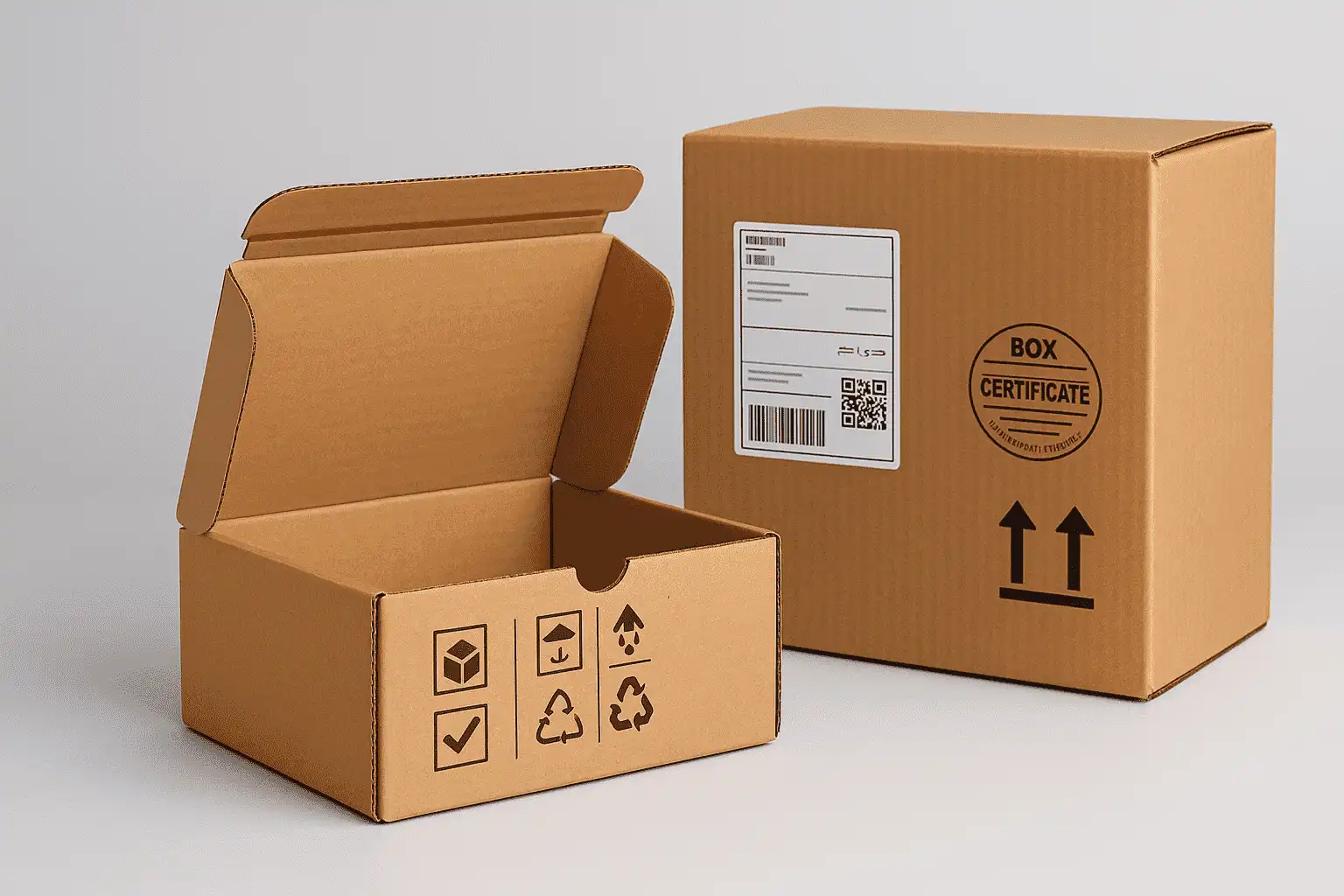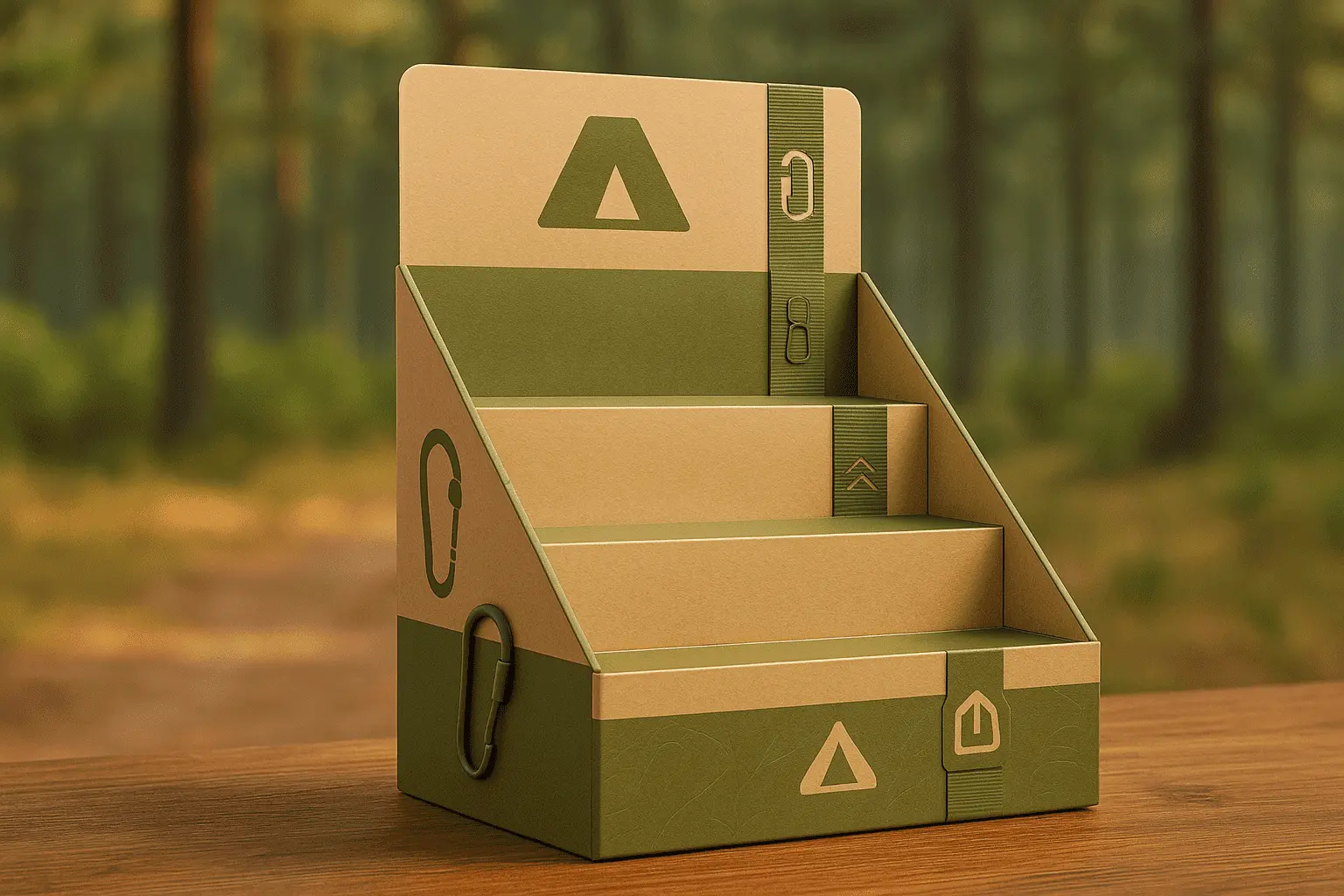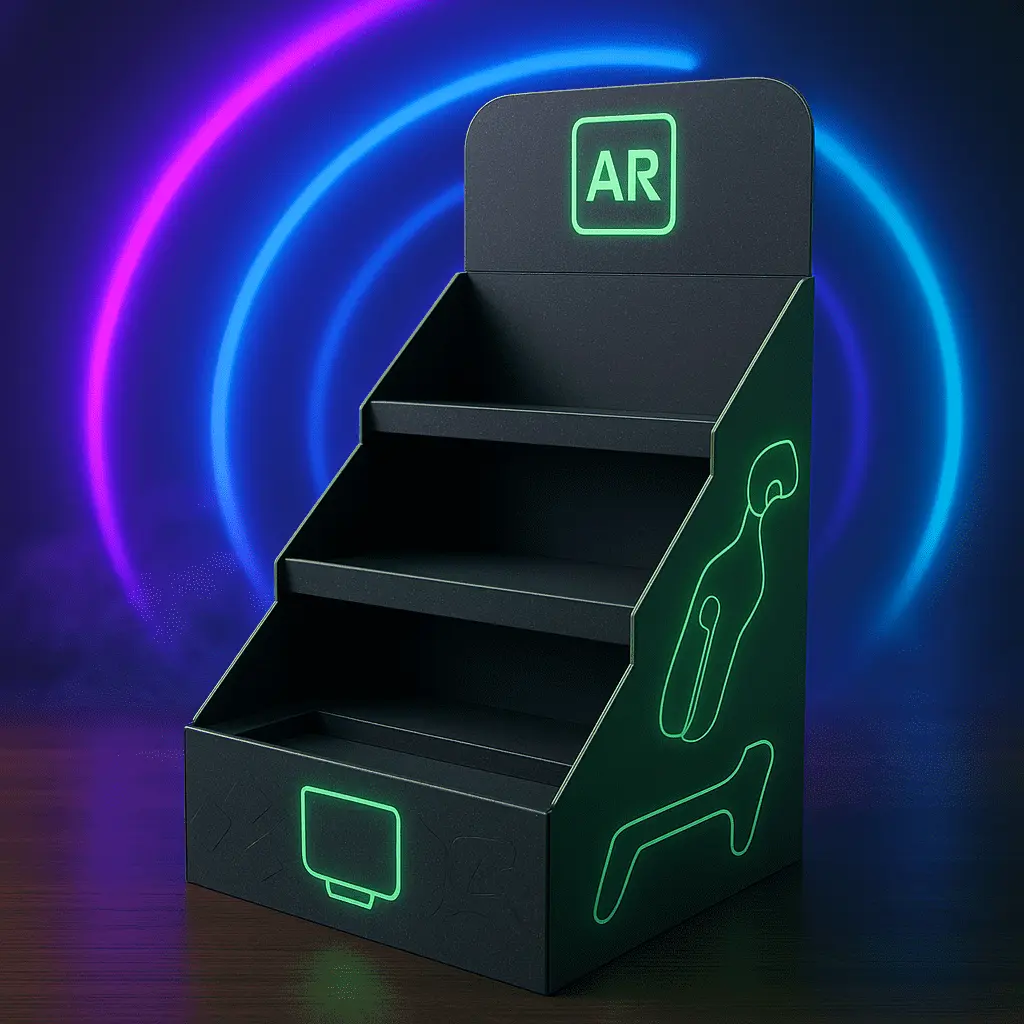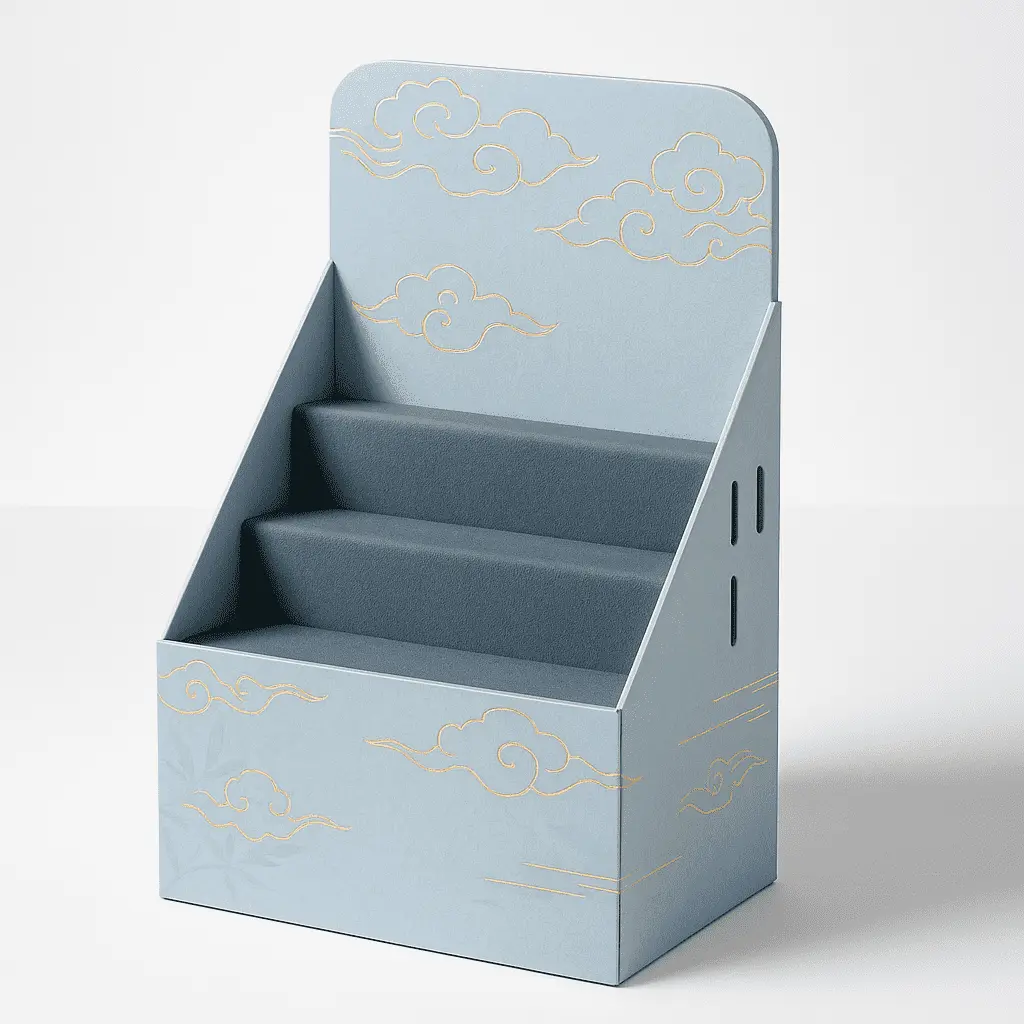Choosing the Right Mailing Box: Size, Material, and Strength
Selecting the Appropriate Box Size
When it comes to choosing the right mailing box, size matters significantly. A box that's too large can lead to unnecessary void space, increasing the risk of damage during transit. Conversely, a box that's too small may not provide adequate protection for your items. To select the appropriate size, measure your product's dimensions and add a few inches for cushioning material. This ensures a snug fit while allowing room for protective packaging.
Consider the shape of your items as well. Irregularly shaped products may require custom-sized boxes to prevent shifting during transport. Remember that carriers often have size restrictions, so familiarize yourself with these guidelines to avoid surcharges or shipping delays.
Choosing the Right Material for Your Mailing Boxes
The material of your mailing box plays a crucial role in its ability to withstand the rigors of shipping. Corrugated cardboard is a popular choice due to its strength, lightweight nature, and cost-effectiveness. The fluted layer between the outer sheets provides excellent cushioning and structural integrity.
For heavier items or those requiring extra protection, consider double-wall or triple-wall corrugated boxes. These offer enhanced durability and resistance to crushing. For lightweight items, single-wall corrugated boxes may suffice. In some cases, specialized materials like rigid plastics or metal containers might be necessary for exceptionally fragile or valuable items.
Understanding Box Strength and Durability
The strength of your mailing box is determined by several factors, including the material's thickness, the flute size, and the overall construction. Box manufacturers often use the Edge Crush Test (ECT) or Burst Strength Test to measure a box's durability. The ECT measures how much weight a box can withstand when stacked, while the Burst Strength Test indicates how much pressure the box can handle before rupturing.
When selecting your mailing boxes, consider the weight of your items and the potential stresses they may encounter during shipping. Heavier items require boxes with higher ECT or Burst Strength ratings. Additionally, boxes designed for specific purposes, such as those for books or fragile items, often have reinforced corners or additional structural elements to enhance their strength.
Packaging Techniques to Meet Shipping Standards
Proper Cushioning and Void Fill
Effective cushioning is essential to protect your items from impacts and vibrations during transit. The type of cushioning material you use depends on the nature of your product. Bubble wrap is excellent for fragile items, providing a layer of air pockets that absorb shocks. For heavier items, foam sheets or custom-cut foam inserts can offer superior protection.
Void fill materials prevent items from shifting inside the box. Options include packing peanuts, air pillows, or crumpled paper. These materials fill empty spaces, ensuring your product remains stationary throughout its journey. When using void fill, strike a balance between adequate protection and excessive material use to optimize shipping costs.
Sealing and Reinforcing Your Mailing Boxes
Proper sealing is crucial to maintain the integrity of your mailing box during shipping. Use strong packing tape, preferably pressure-sensitive plastic tape, water-activated paper tape, or reinforced gummed paper tape. Apply the tape in an H-pattern, covering all seams and edges of the box. This method provides maximum security and prevents the box from opening during transit.
For added strength, consider reinforcing the corners and edges of your box. These areas are particularly vulnerable to impacts and crushing forces. Use additional layers of tape or corner protectors to bolster these weak points. For exceptionally heavy or valuable items, you might want to use strapping or banding to provide extra security.
Labeling and Addressing for Compliance
Clear and accurate labeling is essential for ensuring your mailing boxes meet shipping standards and reach their intended destination. Use waterproof labels or markers to prevent smudging or fading. Include both the recipient's and sender's complete addresses, including zip codes. If shipping internationally, include the country name in capital letters.
Many carriers require specific label placements. Generally, place the shipping label on the largest surface of the box, away from seams or edges. Remove or cover any old labels to prevent confusion. For fragile items, use appropriate handling labels such as "Fragile," "Handle with Care," or "This Side Up" to guide proper handling during transit.
Navigating Carrier-Specific Requirements and Regulations
Understanding Different Carrier Guidelines
Each shipping carrier has its own set of guidelines and requirements for mailing boxes. These can vary in terms of size restrictions, weight limits, and packaging materials. For instance, USPS has specific regulations for their Priority Mail boxes, while FedEx and UPS have their own standards for package acceptance.
Familiarize yourself with the guidelines of your chosen carrier. This includes understanding their dimensional weight calculations, which can significantly impact shipping costs. Some carriers also have restrictions on certain types of items or materials, so ensure your products comply with these regulations to avoid delays or rejections.
Adapting to International Shipping Standards
When shipping internationally, mailing boxes must meet additional standards and regulations. These can include customs documentation, restrictions on certain materials, and country-specific packaging requirements. Many countries have stringent rules about wood packaging materials due to pest control concerns, often requiring special treatments or certifications.
Research the specific requirements for your destination country. This may involve using specific types of mailing boxes, including detailed content descriptions, or adhering to particular labeling standards. Be prepared to provide necessary customs forms and declarations to ensure smooth international transit.
Staying Updated with Changing Regulations
Shipping standards and regulations are not static; they evolve to address new challenges and improve efficiency. Stay informed about changes in carrier policies, international shipping regulations, and industry best practices. This might involve subscribing to carrier newsletters, attending industry seminars, or regularly checking official websites for updates.
Adapting to these changes promptly can help you avoid compliance issues and optimize your shipping processes. It's also beneficial to maintain open communication with your carrier representatives, who can provide valuable insights into upcoming changes and how they might affect your mailing box requirements.
Conclusion
Ensuring your mailing boxes meet shipping standards is a multifaceted process that requires attention to detail and ongoing vigilance. By carefully selecting the right box size and material, implementing effective packaging techniques, and staying informed about carrier-specific requirements, you can significantly enhance the safety and reliability of your shipments. Remember, the goal is not just to meet minimum standards, but to exceed them, providing the best possible protection for your products and peace of mind for your customers. As shipping practices continue to evolve, staying adaptable and informed will be key to maintaining compliance and optimizing your mailing box strategy.
FAQs
1. What are the most common mistakes when preparing mailing boxes for shipping?
Common mistakes include using boxes that are too large or small, inadequate cushioning, poor sealing, and incorrect labeling.
2. How can I reduce shipping costs while ensuring my mailing boxes meet standards?
Optimize box size, use lightweight yet strong materials, and familiarize yourself with dimensional weight pricing.
3. Are there eco-friendly options for mailing boxes that still meet shipping standards?
Yes, many manufacturers offer recyclable and biodegradable packaging options that comply with shipping standards.
Expert Mailing Box Solutions | Fetching Printing
At Fetching Printing, we specialize in creating custom mailing box solutions that meet and exceed shipping standards. Our team of experienced packaging engineers can design and manufacture mailing boxes tailored to your specific needs, ensuring optimal protection for your products during transit. As a leading supplier and manufacturer in the packaging industry, we offer a wide range of materials and customization options. Contact us at support@fetchingprinting.com to discover how we can elevate your shipping strategy with our expert mailing box solutions.
References
Smith, J. (2022). The Complete Guide to Shipping Standards for Mailing Boxes. Packaging Digest.
Johnson, L. (2021). Optimizing Mailing Box Design for E-commerce Shipping. Journal of Packaging Technology and Research.
Brown, R. (2023). International Shipping Regulations: A Comprehensive Overview. Global Logistics Magazine.
Davis, M. (2022). Sustainable Packaging Solutions for Modern Shipping. Environmental Packaging International.
Wilson, K. (2021). The Impact of Proper Packaging on Product Safety and Customer Satisfaction. Journal of Consumer Research.
Thompson, S. (2023). Advancements in Mailing Box Materials and Technologies. Packaging Innovation Quarterly.





